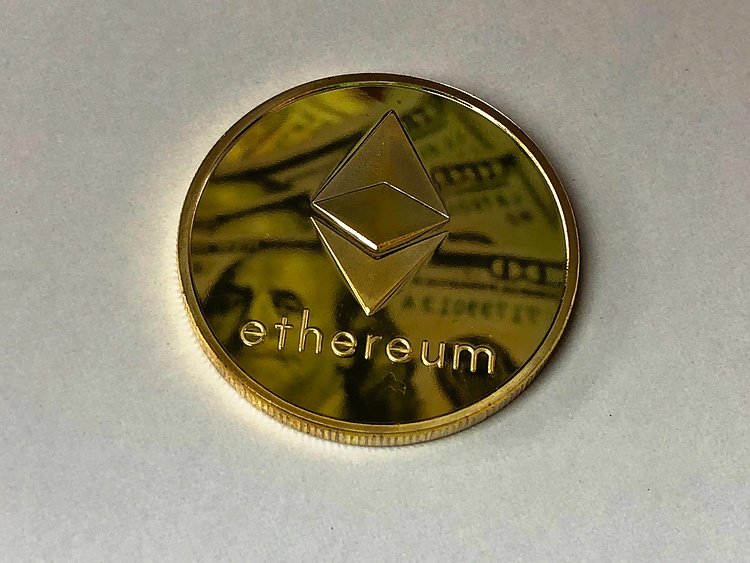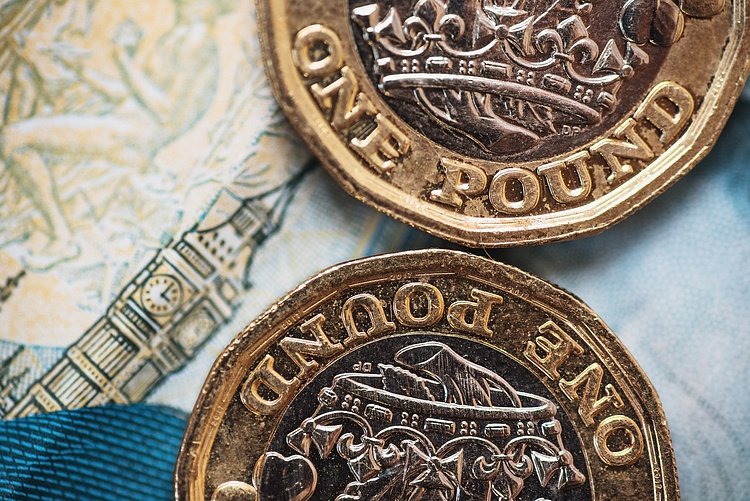- The European Central Bank is expected to cut benchmark interest rates by 25 bps at the October policy meeting.
- ECB President Christine Lagarde’s presser will be closely scrutinized for fresh policy cues.
- The ECB policy announcements are set to inject volatility around the EUR/USD pair.
The European Central Bank (ECB) interest rate decision will be announced following the October monetary policy meeting at 12:15 GMT on Thursday.
ECB President Christine Lagarde’s press conference will follow, beginning at 12:45 GMT, where she will deliver the prepared statement on monetary policy and respond to media questions. The ECB announcements are likely to ramp up the Euro (EUR) volatility.
What to expect from the European Central Bank interest rate decision?
Following the September policy meeting, the ECB decided to lower the interest rate on the marginal lending facility to 3.9% from 4.5% and the deposit facility, also known as the benchmark interest rate, by 25 basis points (bps) to 3.5%. The ECB also cut the interest rate on the main refinancing operations by 60 bps to 3.65%.
The ECB is widely expected to lower the deposit facility rate by another 25 bps to 3.25% after the October meeting.
In the post-meeting press conference, President Lagarde refrained from offering any clues regarding the timing of the next rate cut, saying that there was a relatively short time to the October meeting and adding that they have no commitment of any kind.
However, after the data published by Eurostat showed that the annual Harmonized Index of Consumer Prices (HICP) softened to 1.8% in September from 2.2% in August, investors started to lean toward an additional policy-easing step in October.
According to Reuters, over 90% of economists polled expect a 25 bps cut after September’s inflation dipped below the ECB’s target of 2%. Furthermore, most of those surveyed expect another 25 bps reduction in key rates in December.
Previewing the October ECB event, “data has rapidly moved against the ECB’s September messaging, and we and the market now expect a 25bps rate cut at the October meeting,” said TD Securities analysts.
“Governing Council members have opened the door wide open to a cut as well. The messaging of a ‘meeting-by-meeting’ approach to policy is likely to remain, but Lagarde is unlikely to steer away from a December cut,” they added.
Economic Indicator
ECB Press Conference
Following the European Central Bank’s (ECB) economic policy decision, the ECB President gives a press conference regarding monetary policy. The president’s comments may influence the volatility of the Euro (EUR) and determine a short-term positive or negative trend. If the president adopts a hawkish tone it is considered bullish for the EUR, whereas if the tone is dovish the result is usually bearish for the Euro.
Read more.
Next release: Thu Oct 17, 2024 12:45
Frequency: Irregular
Consensus: –
Previous: –
Source: European Central Bank
How could the ECB meeting impact EUR/USD?
After losing more than 1.5% against the US Dollar (USD) in the first week of October, the Euro has broadly stabilized. Heading into the ECB showdown, EUR/USD stays in a consolidation phase below 1.1000.
ECB President Christine Lagarde is likely to stick to the bank’s data-dependent stance and refrain from giving a certain response on the next rate cut move. In case she reiterates the ECB expectation of inflation rising again in the latter part of the year, investors could see this as a sign of the ECB holding interest rates unchanged at the last policy meeting of the year on December 12. In this scenario, the immediate reaction could be positive for the Euro.
Conversely, the Euro could come under renewed selling pressure if the policy statement, or Lagarde, voices growing concerns over a worsening economic outlook in the Eurozone, while acknowledging better-than-forecast progress in disinflation. In the revised projections, ECB staff saw inflation at 2.5% in 2024 and 2.2% in 2025.
Moreover, the accounts of the ECB’s September meeting showed that policymakers noted that negative surprises in the Purchasing Managers Index (PMI) manufacturing output readings and weakening foreign demand indicated potential headwinds to the near-term outlook.
Eren Sengezer, European Session Lead Analyst at FXStreet, offers a brief technical outlook for EUR/USD:
“The near-term technical points to a bearish bias for EUR/USD. The Relative Strength Index (RSI) indicator on the daily chart stays in the bearish territory well below 50, while holding above 30, suggesting that the pair has more room on the downside before turning technically oversold.”
“The Fibonacci 61.8% retracement level of the July-September uptrend and the 200-day Simple Moving Average (SMA) form strong support at 1.0870 ahead of 1.0800 (Fibonacci 78.6% retracement) and 1.0680 (beginning point of the uptrend). On the upside, 1.1000 (Fibonacci 38.2% retracement) aligns as key resistance before 1.1060-1.1080 (50-day SMA, Fibonacci 23.6% retracement) and 1.1200 (end point of the uptrend).”
Euro FAQs
The Euro is the currency for the 19 European Union countries that belong to the Eurozone. It is the second most heavily traded currency in the world behind the US Dollar. In 2022, it accounted for 31% of all foreign exchange transactions, with an average daily turnover of over $2.2 trillion a day. EUR/USD is the most heavily traded currency pair in the world, accounting for an estimated 30% off all transactions, followed by EUR/JPY (4%), EUR/GBP (3%) and EUR/AUD (2%).
The European Central Bank (ECB) in Frankfurt, Germany, is the reserve bank for the Eurozone. The ECB sets interest rates and manages monetary policy. The ECB’s primary mandate is to maintain price stability, which means either controlling inflation or stimulating growth. Its primary tool is the raising or lowering of interest rates. Relatively high interest rates – or the expectation of higher rates – will usually benefit the Euro and vice versa. The ECB Governing Council makes monetary policy decisions at meetings held eight times a year. Decisions are made by heads of the Eurozone national banks and six permanent members, including the President of the ECB, Christine Lagarde.
Eurozone inflation data, measured by the Harmonized Index of Consumer Prices (HICP), is an important econometric for the Euro. If inflation rises more than expected, especially if above the ECB’s 2% target, it obliges the ECB to raise interest rates to bring it back under control. Relatively high interest rates compared to its counterparts will usually benefit the Euro, as it makes the region more attractive as a place for global investors to park their money.
Data releases gauge the health of the economy and can impact on the Euro. Indicators such as GDP, Manufacturing and Services PMIs, employment, and consumer sentiment surveys can all influence the direction of the single currency. A strong economy is good for the Euro. Not only does it attract more foreign investment but it may encourage the ECB to put up interest rates, which will directly strengthen the Euro. Otherwise, if economic data is weak, the Euro is likely to fall. Economic data for the four largest economies in the euro area (Germany, France, Italy and Spain) are especially significant, as they account for 75% of the Eurozone’s economy.
Another significant data release for the Euro is the Trade Balance. This indicator measures the difference between what a country earns from its exports and what it spends on imports over a given period. If a country produces highly sought after exports then its currency will gain in value purely from the extra demand created from foreign buyers seeking to purchase these goods. Therefore, a positive net Trade Balance strengthens a currency and vice versa for a negative balance.
























